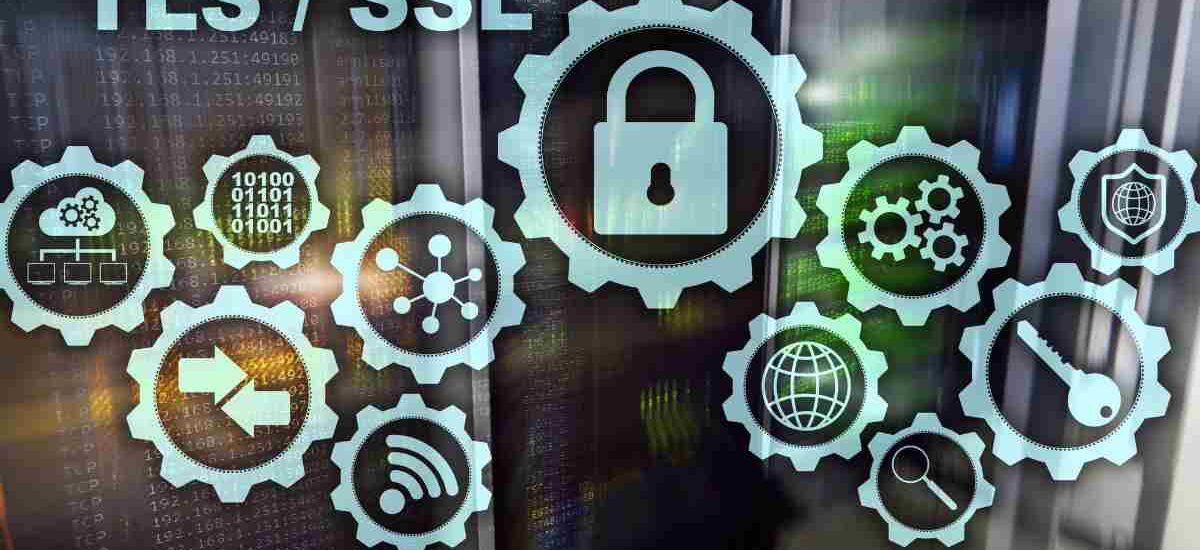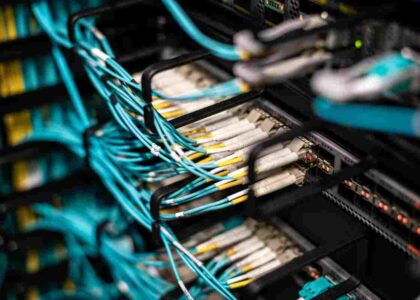In a world where digital communication is the lifeline of every organization, system, and application, ensuring that data travels reliably from one end to the other is critical. The transport layer in computer networking is built with this mission in mind. But even with sophisticated architectures, failures do happen. Systems crash, connections drop, and packets get lost. This is where the concept of “Crash Recovery” in the transport layer becomes a game changer. Let’s explore in-depth what crash recovery is, how it works, the tools used, and what can be done to avoid it.
What is Crash Recovery in the Transport Layer?
Crash recovery in the transport layer refers to the set of mechanisms that allow a communication session between two hosts to recover from unexpected disruptions. These disruptions can come in many forms—network outages, system crashes, power failures, or corrupted data during transmission. The transport layer ensures that even if something goes wrong mid-communication, the session can resume from where it left off or safely restart without data loss or duplication.
The ultimate goal of crash recovery is to maintain data reliability, consistency, and continuity in communication, especially for connection-oriented protocols like TCP (Transmission Control Protocol).
Instruments Used by the Transport Layer for Crash Recovery
The transport layer relies on several core tools and mechanisms to handle crash recovery effectively:
1. Retransmission:
Retransmission is a simple but powerful concept. When a sender transmits a packet, it waits for an acknowledgment (ACK) from the receiver. If that acknowledgment isn’t received within a certain time, the sender assumes the packet was lost or corrupted and sends it again. This ensures that no data is lost due to temporary issues in the network.
2. Break Detection:
Break detection is the ability of the transport layer to recognize when the communication has been interrupted. This can be due to missing ACKs, irregular heartbeat signals, or broken connections. Upon detection, the system can pause operations and prepare for recovery once the connection is restored.
3. Specific Rehash (Selective Retransmission):
Instead of resending all packets after a crash or loss, the transport layer can employ selective retransmission. This means only those packets that were actually lost or corrupted are sent again. This method is more bandwidth-efficient and reduces latency in recovery.
4. Stream Control (Flow Control):
Flow control mechanisms like the sliding window protocol help regulate the speed of data transmission. If the receiver is overloaded and cannot process incoming data quickly enough, flow control slows down the sender. This prevents buffer overflows and potential crashes due to congestion.
How Does Crash Recovery Work?
Crash recovery is a combination of prevention, detection, and correction strategies. Here’s how the process typically works:
Step 1: Connection Establishment
Before data is transferred, the transport layer establishes a connection (in TCP, this is a three-way handshake). During this process, initial sequence numbers are exchanged and agreed upon.
Step 2: Data Transfer with Sequence Numbers
Each packet sent is tagged with a unique sequence number. The receiver uses these numbers to acknowledge received packets and to reorder out-of-sequence packets.
Step 3: Error Detection
The transport layer constantly checks for missing acknowledgments. If an expected ACK does not arrive within a predefined timeout, it assumes a failure.
Step 4: Retransmission
Lost or corrupted packets are resent based on the last confirmed acknowledgment.
Step 5: Recovery or Reset
If the connection is completely lost or the system crashes, the transport layer can restart the session using stored state information (if available). If not, it initiates a reset and starts from the beginning.
Step 6: Data Integrity Confirmation
Checksums and acknowledgments help ensure that the data received is exactly what was sent, and the session is considered complete only when all packets are verified.
Why is Crash Recovery Important?
Crash recovery isn’t just a technical requirement—it is a fundamental feature that supports the modern internet. Here’s why it matters:
- Ensures Reliability: Without crash recovery, even a minor disruption could result in complete data loss.
- Supports Mission-Critical Systems: Financial systems, healthcare applications, or cloud platforms cannot afford even brief periods of data inconsistency.
- Improves User Experience: Smooth, uninterrupted service builds trust and keeps users satisfied.
- Prevents Rework: Applications can continue from the last known good state, saving time and resources.
When Does Crash Recovery Occur?
Crash recovery mechanisms are triggered under specific circumstances:
- Timeouts: When expected acknowledgments are not received within a certain window.
- Power Failures or System Crashes: When a host abruptly shuts down.
- Packet Loss or Corruption: When network noise or faulty routers result in dropped or damaged packets.
- Congestion Collapse: When network congestion causes severe delays or data loss.
What to Do to Avoid Crash Recovery?
While crash recovery is essential, preventing the need for it is even better. Here are some strategies to avoid frequent crash recovery scenarios:
1. Optimize Network Health
Ensure that routers, switches, and endpoints are functioning properly and not overloaded. Use quality hardware and maintain software updates.
2. Implement Redundancy
Design systems with backup paths, duplicate data storage, and mirrored servers so that one failure doesn’t disrupt the entire network.
3. Proper Buffer Management
Make sure that both sender and receiver have adequate buffer sizes and that flow control algorithms are tuned.
4. Efficient Congestion Control
Implement congestion control algorithms like TCP Reno or TCP Cubic that adjust data flow according to current network conditions.
5. Use Robust Protocols
Select transport protocols suited to your application. For example, use TCP for file transfers or any data requiring reliability, and UDP for real-time applications where speed is more critical than recovery.
6. Monitor Continuously
Use network monitoring tools to track packet loss, latency, and retransmission rates. Early detection of issues can prevent full-blown crashes.
7. Write Fault-Tolerant Code
Applications should handle exceptions and errors gracefully, log important events, and be able to restart cleanly.
Conclusion: The Future of Reliable Communication Lies in Resilience
Crash recovery in the transport layer is more than just a safety net—it’s the backbone of reliable digital communication. As networks grow in complexity and the demand for flawless user experiences increases, these mechanisms become even more vital.
Understanding how retransmission, break detection, specific rehash, and stream control work together gives us a clear view of the architecture that powers our emails, video calls, online banking, and more. By leveraging these tools and incorporating preventative strategies, we can build resilient systems that not only recover from failure but often avoid it altogether.
So the next time your file finishes uploading despite a momentary internet glitch, thank the unseen magic of transport layer crash recovery working silently in the background.






